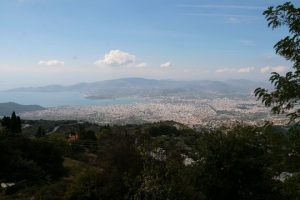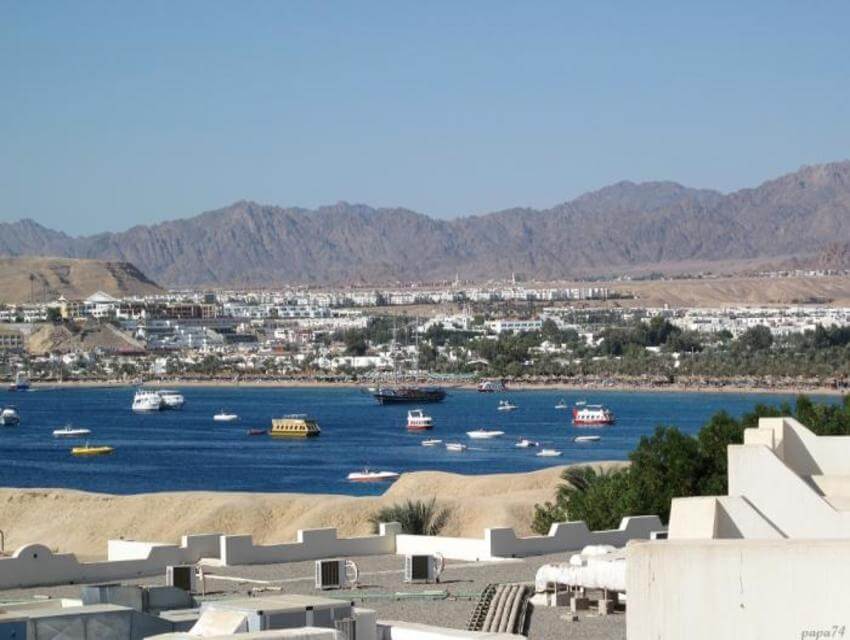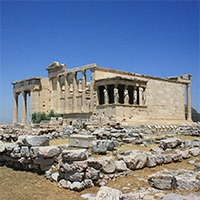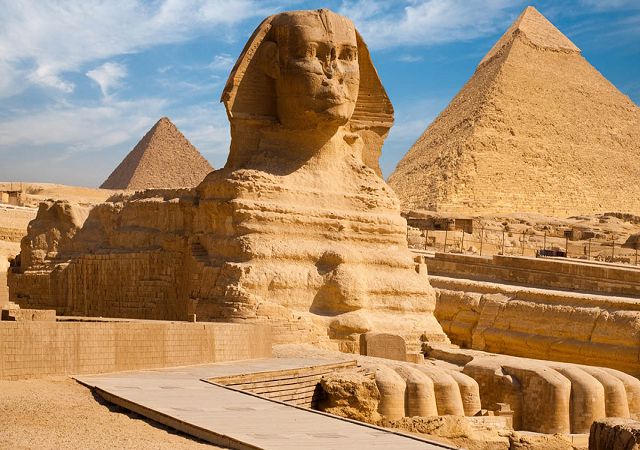Golden Autumn Pilio
 If you get riddled with the expression “velvet season” (you can frown again), and you do not share the excitement of the “budget” public from the post-seasonal price drop, perhaps the phrase “golden autumn in Greece” sounds less trite for you: first because you can’t find golden autumn in mass-mass Greece during the day – by the end of the season, summer burns down popular resorts to the color of the desert, and secondly, because the Mediterranean flora in the dying stage simply refuses to take on the appearance sung by poets, somehow suddenly nerom antique, dropping the sun-scorched foliage and finding themselves in impartial negligee.
If you get riddled with the expression “velvet season” (you can frown again), and you do not share the excitement of the “budget” public from the post-seasonal price drop, perhaps the phrase “golden autumn in Greece” sounds less trite for you: first because you can’t find golden autumn in mass-mass Greece during the day – by the end of the season, summer burns down popular resorts to the color of the desert, and secondly, because the Mediterranean flora in the dying stage simply refuses to take on the appearance sung by poets, somehow suddenly nerom antique, dropping the sun-scorched foliage and finding themselves in impartial negligee.
But another thing mountains. With fertile soils, less subject to the murderous sun, the mountains in Southern Europe have always been considered elite territories, where a wealthy part of society settled. Unlike the poor, the fate of which was fishing and plowing on bare plots of rocky land.
Now, when time has changed everything, when there are wars between the owners and the state for the right to grow hotels on the barren coast, the mountains still remain a haven for Mediterranean citizens fleeing the summer sun. Here summer is milder, and autumn is really golden.
***
Pilio (Pelion) is a peninsula and mountain range in Thessaly known as the birthplace of mythological centaurs. Centaurs can really be found here. Of course, these symbols of the region are most often found in shop windows in the form of souvenirs or, for example, on beach towels. But sometimes, as it should be for their nature, they appear quite unexpectedly: in the form of graffiti on the walls of houses, as decoration of plumbing in public toilets or on the covers of manholes.
But not only centaurs are famous for the land of Pili! Unlike neighboring regions, which have only the words “everything is in Greece”, Pilio with modest confidence every year gains recognition from tourists as one of the best year-round resorts in the country, offering really everything that has been invented today in the tourism industry, including ski vacation.
Pilio is a kaleidoscope of impressions and opportunities!
Amazing beaches, the most popular of which are Mylopotamos and Khorevto, with golden sand and multi-colored pebbles washed by light waves of the crystal clear sea, underwater caves and arches are not the most boring scenery for a beach holiday.
Picturesque villages, immersed in the greenery of fruit trees, chestnuts and walnuts, with churches and monasteries, neoclassical mansions and estates, taverns, restaurants and terraces, which offer extraordinary beauty of the panorama.
The village of Portaria, formerly the Pilio Shopping Center, is today famous for its architectural masterpieces, jams and traditional August Pili weddings.
Makrinitsa, called the Pilio Balcony, because of the long terrace on the main street of the city, offering a superb view of the Pagasean Gulf, is visited daily by crowds of tourists. Not only the sights in sight are interesting in this village, but also those that are hidden behind the walls of beautiful buildings: Feofil’s frescoes are preserved in the old coffee house, and the Museum of Folk Art and Pili history is located in Topali’s mansion.
The beautiful and cozy village of Milies is the destination of the old railway, built by the Italian engineer Evaristo de Chirico, the father of the famous painter Giorgio de Chirico. From 1895 to 1971, a small train of a locomotive and several carriages delivered along this road residents of mountain villages and cargo from the Lehonija station not far from Volos to the mountains. Now this train has become a popular tourist attraction.
In the village of Zagora, which was relaxed by the Ottoman conquerors because of its serious financial well-being, not only the ancient Byzantine churches of St. George and Holy Sunday, but also the historical library, rich in rare books and manuscripts of 10-11 centuries, are well preserved.
Well, finally, if you are a fan of both Greece and alpine skiing – Pilio is a rare place to combine these two passions – be sure to visit the ski resort Agriolefkes, which is considered one of the best in the country. It has all the necessary modern equipment, trails, equipment, and, of course, cozy cafes and guest houses to relax after an eventful day.
Pilio is a life full of energy of Volos and a secluded and measured rest in picturesque mountain villages, comfortable modern hotels and wild majestic nature, age-old plane trees, mountain gorges and waterfalls, small rivers and luxurious well-groomed orchards, restaurants for receiving high-ranking guests and traditional taverns with own delicacies, these are amazing beaches and great ski slopes … and, of course, they are always hospitable friendly inhabitants of cities and villages!


